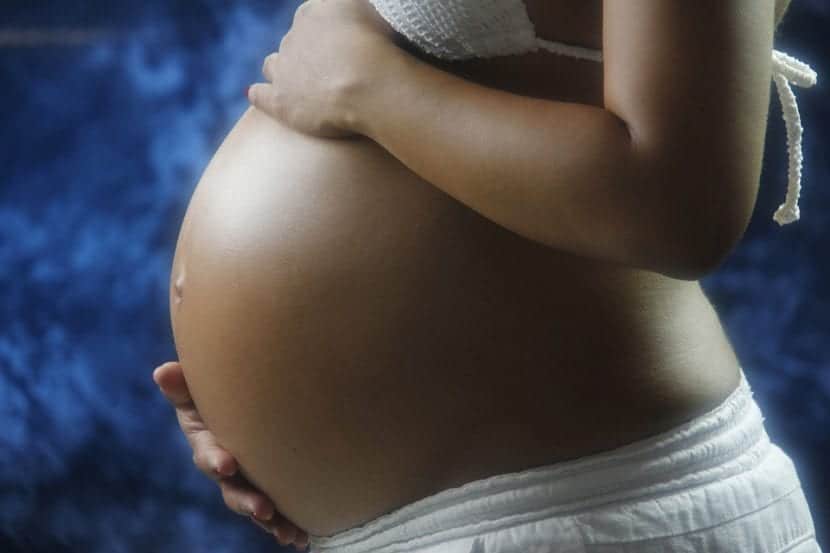
Placental abruption occurs when the placenta separates from the inner uterine wall.
Placental abruption during childbirth can have severe consequences for the fetus and the mother. Then we will talk about the subject.
Placental abruption and signs of suffering it
The placenta is an organ thanks to which the baby can feed, expel its stool and take oxygen from the outside. The placenta is attached to the uterus. Placental abruption is a rare problem that usually arises in the last trimester of pregnancy and can occur in childbirth as well. It occurs when the placenta is no longer attached to the inner wall of the maternal uterus.
The complication in this issue derives when blood vessels that collaborate in the union of the placenta and uterus are broken. There is then a hemorrhage. There are several indications that increase the probability of suffering the mother. Correct lifestyle habits are essential to prevent it. Placental abruption in childbirth may be due to rapid outflow of amniotic fluid or the short length of the umbilical cord. Various reasons affect the mother:
- Arterial hypertension.
- Diabetes.
- Preeclampsia in pregnancy.
- Advanced age of women, especially over 40 years.
- Consumption of drugs.
- Problems in the uterus.
- Some blow to the belly.
Symptoms and actions to take into account

When there are vaginal bleeding, abdominal pain, discomfort ..., the situation of the mother and the baby is worrying.
If the placenta detaches, the fetus may suffer from a lack of food and oxygen.. The waste would not be expelled correctly either. When this happens, the risk is extreme for mother and child. If the separation of the placenta is very large, the delivery must be advanced, thus preventing serious consequences. Some of the symptoms that suppose that this complication exists are:
- Vaginal bleeding
- Pain and hardness in the abdomen.
- Contractions in the uterus.
- Nausea and vomiting.
- Discomfort.
- Reduction in movements by the fetus.
- Bleeding after childbirth.
When there is doubt if you suffer from this disease, it is advisable to check in the medical center. Lor normal is to perform a series of tests on the mother such as vaginal and abdominal ultrasounds, blood tests and for the study of platelets. Thrombus studies can detect this problem, especially if the mother has suffered from it in a previous delivery. Anticoagulants would then be prescribed.
Consequences after the problem
There are several degrees to weigh the affectation in mother and child. In grade 0 there are no symptoms and this difficulty is diagnosed after delivery. Grade 1 is the most frequent and here the fetus does not suffer damage. In grade 2 the bleeding is not severe. On the contrary, grade 3 is of maximum gravity. The bleeding is excessive and the mother must have a cesarean section to help the baby stay alive. The positive is that this last degree is of very low occurrence.
If we are talking about a mild placental abruption, rest is recommended for the mother and that she avoid sudden movements and gain weight. A more serious detachment can mean the need to transfuse blood to the mother and she may suffer clotting problems in the future. For the baby it may imply death or, as referred to previously, a birth premature. In the latter case, medications may be given to the mother to help the fetus develop faster.